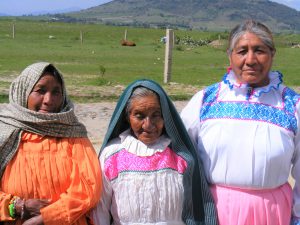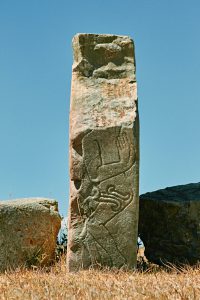
Conjugational double-classification: The separate life cycles of prefix classes vs tone ablaut classes in aspect/mood inflection in the Chatino languages of Oaxaca
In the Chatino languages (Oto-Manguean; Oaxaca), verbs show two independent patterns of conjugational classification in marking aspect and mood, one based on prefixation and the other based on tonal ablaut. I term this conjugational double-classification. Each pattern determines its own conjugational classification of verb stems: verbs fall into several aspect/mood prefix conjugation classes that depend partly on their segmental structure and transitivity; and they simultaneously fall into several largely orthogonal tone-ablaut conjugation classes that depend partly on the tonal characteristics of the stem. A Chatino child therefore must learn both the prefix conjugation class and the tone-ablaut conjugation class of every verb s/he learns. Furthermore, it is shown that diachronically, the prefix classes and the tone-ablaut classes have had independent life cycles: in San Marcos Zacatepec Eastern Chatino, both systems are largely intact; in Zenzontepec Chatino, the prefixation classes are intact but the tone ablaut classes have eroded through tonal simplification; and in San Juan Quiahije Eastern Chatino, the prefixation classes have eroded through initial syllable loss while the tone ablaut classes are intact. It is suggested that autosegmental phonology and morphology, when placed in diachronic perspective, easily allow such conjugational double classification when tone and segmental prefixation occupy distinct autosegmental tiers and when prefixes are largely non-tone bearing.








